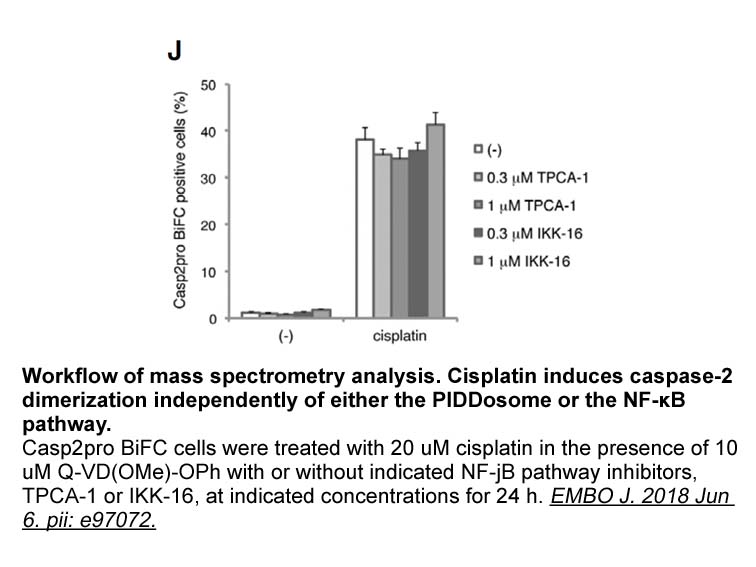Archives
The same jobs that have heavy
The same jobs that have heavy physical work requirements may also have stressful psychosocial work conditions. Using national survey data from 27 European countries, Toch et al. (2014) examined the contribution of both physical and psychosocial work conditions to inequalities by social class categories in self-rated health (SRH). They found that physical work conditions accounted for a substantial amount of inequality in SRH and that they had a larger effect on SRH than psychosocial conditions. Plouvier et al. (2009) also found that physical work conditions, particularly biomechanical strains, had a large effect on social inequality in back pain in the GAZEL cohort study, whereas psychosocial factors played a relatively modest role. Parker et al. (2013) reached similar conclusions in Sweden. A five year longitudinal study of employed Danish adults (Borg & Kristensen, 2000; Borg, Kristensen, & Burr, 2000) also examined both physical and psychosocial work conditions and their effects on socioeconomic inequality in SRH. They also investigated whether adverse work conditions affected socioeconomic variation in the change in SRH over a five year period. They found that physical factors (repetitive work, high ergonomic exposures) and psychosocial factors both contributed to the observed social inequality in health. Only one work condition, low to moderate ergonomic exposure, contributed significantly to the probability of an improved SRH over the five year period.
Other causal and non-causal pathways
It is important to recognize that work and health may be related in other ways as well. Poor health or disability make it AN-2728 difficult for individuals to find good jobs – jobs which pay well, require little physical labor or hazardous exposure, and provide a safe work environment. Thus, poor health may lead to undesirable jobs rather than vice versa. In the case of physically demanding jobs, however, employers are more likely to hire healthier and stronger workers (Clougherty et al., 2010). If so, workers most likely to be exposed to work-related hazards may be selected from those in better initial health, thus complicating the assessment of the health effects of physical work. Deteriorating health over time – due to work or other causes – may also necessitate taking less desirable work. Blue collar workers and those in the informal sector may also be less likely to have access to high quality health care if injured, ill or exposed to environmental hazards.
Disability gradients at older ages in Mexico
Using data from the Mexican Health and Aging Study, Wave 1 (also used in this paper), Smith and Goldman (2007) examined whether physical functioning, self-rated health, and health behaviors varied by socioeconomic status (educational attainment, income, and wealth) in later adultho od for Mexicans age 50 and older. They found significant socioeconomic variation in the two measures of physical functioning double fertilization analyzed (number of mobility limitations and difficulty performing any activity of daily living). With few exceptions, these associations were statistically significant for respondents living in areas with 100,000 or more inhabitants, but not for those who lived in less urban areas. Part of the reason for the geographic differential may be greater heterogeneity in socioeconomic status and better access to health-related services in urban areas. Smith and Goldman (2007) also found that socioeconomic differentials in physical functioning were smaller for women than for men, particularly in urban areas. This study extends the Smith and Goldman (2007) analysis by assessing whether job categories as proxies for physical work conditions can account for part of the socioeconomic inequality in mobility limitations.
od for Mexicans age 50 and older. They found significant socioeconomic variation in the two measures of physical functioning double fertilization analyzed (number of mobility limitations and difficulty performing any activity of daily living). With few exceptions, these associations were statistically significant for respondents living in areas with 100,000 or more inhabitants, but not for those who lived in less urban areas. Part of the reason for the geographic differential may be greater heterogeneity in socioeconomic status and better access to health-related services in urban areas. Smith and Goldman (2007) also found that socioeconomic differentials in physical functioning were smaller for women than for men, particularly in urban areas. This study extends the Smith and Goldman (2007) analysis by assessing whether job categories as proxies for physical work conditions can account for part of the socioeconomic inequality in mobility limitations.
Data and methods
Data for this analysis come from the first wave of the Mexican Health and Aging Survey (MHAS), a nationally representative panel study of older Mexicans (Mexican Health and Aging Study, 2001). The first wave in 2001 was based on a nationally representative sample of Mexicans born prior to 1951, living in Mexico. The sample included residents of all 32 Mexican states and of urban and rural areas (Wong et al., 2007, 2015). Interviews were completed with 15,186 individual respondents. If the respondent was married or in a consensual union and the spouse/partner lived in the household, the spouse/partner (regardless of age) was also interviewed. Of the respondents, 13,463 were ≥50 years old and 1723 were spouse/partners <50. Interviews were conducted in person, with proxy interviews (typically, with family members) in cases of poor health, hospitalization, and temporary absence. The individual response rate was 91.8% (Wong et al., 2007; Wong et al., 2015).